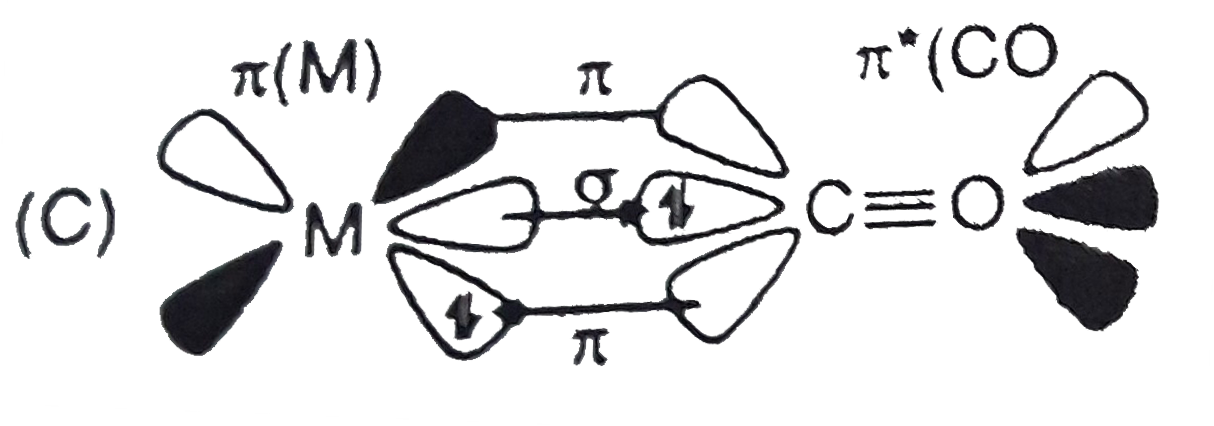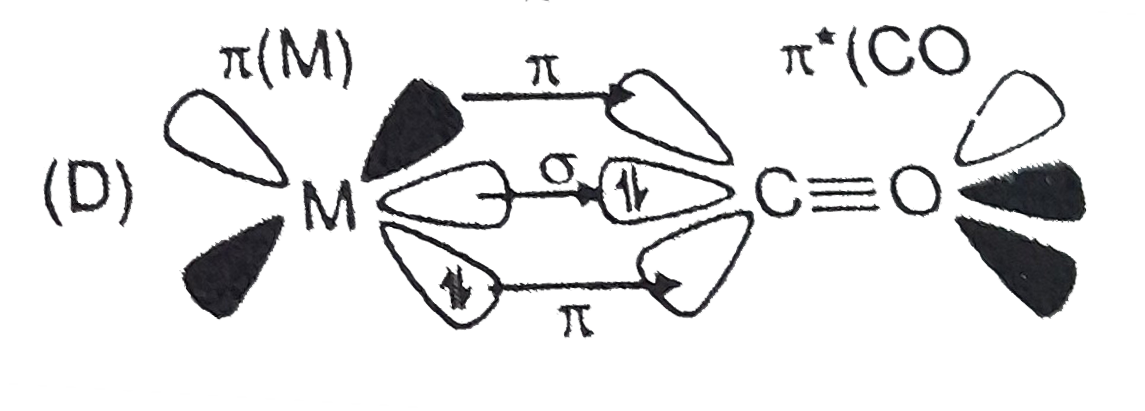A
B
C
D
Text Solution
AI Generated Solution
The correct Answer is:
|
Topper's Solved these Questions
NTA NEET TEST 64
NTA MOCK TESTS|Exercise CHEMISTRY|45 VideosView PlaylistNTA NEET TEST 80
NTA MOCK TESTS|Exercise CHEMISTRY|45 VideosView Playlist
Similar Questions
Explore conceptually related problems
Knowledge Check
Similar Questions
Explore conceptually related problems
NTA MOCK TESTS-NTA NEET TEST 79-CHEMISTRY
- Find the incorrect statement
04:58
|
Play - The numbers of radial nodes of 3s and 2p orbitals are respectively:
02:40
|
Play - The hyperconjugative stabilities of tert-butyl cation and 2-butene, re...
03:48
|
Play - The crystals of ferrous sulphate on heating give
01:14
|
Play - 2,4 - DNP is obtained by reacting hydrazine hydrate with which of the ...
01:54
|
Play - On heating with dilute sulphuric acid, naphthalene - 1 sulphonic acid ...
01:43
|
Play - Consider the following reduction processes : Zn^(2+)+2e^(-)toZn(s), ...
01:43
|
Play - The following compounds have been arranged in order of their increasin...
02:50
|
Play - Among the carboxylic acid shown below, the ones that exhibit stereoiso...
09:18
|
Play - Which of the following statements is correct about heat of combustion?
01:21
|
Play - An organic compound undergoes first decompoistion. The time taken for ...
04:42
|
Play - Aniline can be distinguished from methyl amine by its reaction with
08:16
|
Play - C2 - epimer of D - Glucose is
04:21
|
Play - Which of the following alkene in acid catalysed hydration form 2-methy...
03:57
|
Play - In which of the following back - bonding is possible
03:33
|
Playing Now - The slag obtained during the extraction of copper from coper pyrites i...
01:29
|
Play - The crystal system of a compound with unit cell dimensions a=0.387,b=0...
02:57
|
Play - Morphine and heroin , both are narcotic analgesics , Heroin may be obt...
03:39
|
Play - Which is incorrect statement for XeF2 ?
07:37
|
Play - Which of the following reagents react differently with HCHO, CH(3)CHO ...
02:29
|
Play



